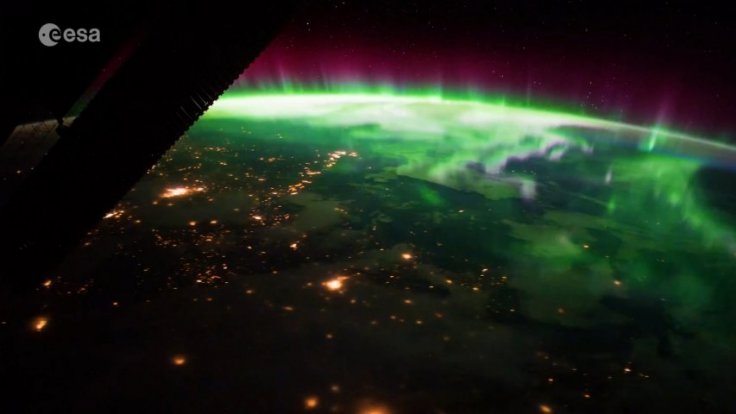Did you know that ancient cuneiform tablets mentioned strange red skies? Well, they did. A team led by the University of Tsukuba combined these with radioisotope data locating solar storms that occurred around 679 to 655 BCE. These were much before early events that could be recorded.
The work is important enough to guide modern astronomers to predict solar flares or coronal mass ejections in future. They can harm satellite and terrestrial electronic devices. Hence, the data that has been noted by ancient Assyrian and Babylonian astrologers more than two millennia ago are available as cuneiform records today. They were rectangular clay tablets that had messages from professional scholars to kings, with astronomical observations. These could even locate omens that included comets, meteors, and planetary activities.
Scientists from the University of Tsukuba managed to find a match for three of these ancient tablets that showed a strange, red glow in the sky with the carbon-14 concentrations in tree rings. They exhibited that they indicate solar magnetic storms, which were mentioned 2,700 years ago in Babylon and the Assyrian city of Nineveh. These have been referenced in the Bible. The article was published in The Astrophysical Journal.
One tablet mentions "red covers the sky," even as another talks of a "red cloud." Both were steady, auroral and red arches. Interestingly, they showed 'auroras' that are usually exhibited only in the northern latitudes, when there is strong magnetic activity.

They exhibited light emitted by electrons in the atmospheric oxygen atoms that had been driven by magnetic fields. Usually, aurorae are confined to northern latitudes, where you can observe strong magnetic activity. A solar mass ejection can be seen further south too. However, due to various transformations in the Earth's magnetic field, the Middle East has actually been seen to be closer to the geomagnetic pole at this time.
"Although the exact dates of the observations are not known, we were able to narrow the range considerably by knowing when each astrologer was active," co-first author Yasuyuki Mitsuma says. Based on tree-ring samples, there was a rapid rise in radioactive carbon-14 in the environment during this time, which is associated with increased solar activity.
"These findings allow us to recreate the history of solar activity a century earlier than previously available records," explains Mitsuma. "This research can assist in our ability to predict future solar magnetic storms, which may damage satellites and other spacecraft."









